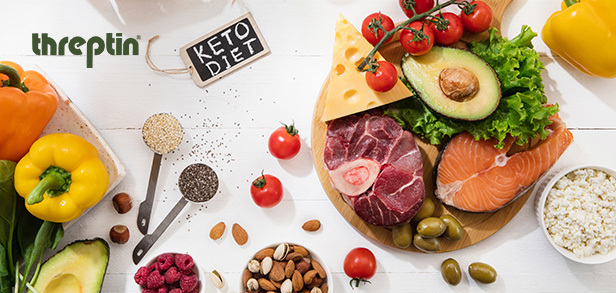
Our bodies require protein for the healthy functioning of the body. Eating more protein can help you lose the extra weight while helping you gain muscles. In addition, protein is essential for providing your body the energy to carry out your daily activities. So, if you start calculating, you will find enough Reasons to eat more Protein. Thus, read on to know how to increase protein intake.
1. Eat The Proteins on Your Plate First
You should eat the proteins on your plate first before moving on to the starches. Besides, eating the proteins produces a feeling of fullness and satisfaction. In addition, protein intake decreases the production of your body’s hunger hormone. Also, consuming the proteins before other foods can help your blood sugar and insulin levels check post-meal. Furthermore, when you feel fuller, you also eat fewer fats and carbs, resulting in weight loss.
2. Replace your Cereals with more eggs
Most ready-to-serve breakfast foods like cereals, toasts, pancakes are low in protein content. However, cereals like Oatmeal have 5 grams of protein in one serving. It is still less than having three large eggs, which can give your body close to 20 grams of protein. Since an average person’s minimum protein intake per day is 50 grams, you can benefit from having more eggs.
3. Garnish Your Food with Almonds
Almonds are a great source of magnesium, fiber, and healthy fats. Also, it is a good source of protein intake. Almonds contain 6 grams of protein in a serving of 1 ounce. Plus, that makes them a better source of protein than most nuts. So, adding a few tablespoons of chopped almonds to your meals benefits your protein intake per day. Furthermore, you can add almonds to other food items to increase your protein intake.
4. Add Chia Seeds in Baking and Pudding
If you are a vegetarian, chia seeds can be a suitable replacement for the same amount of protein as eggs. Thus, you can use chia seeds instead of eggs in your baking and pudding. It not only gives the dish a creamy texture but also is rich in protein. Also, these seeds are rich in antioxidants and benefit the overall health of your heart. Additionally, chia seeds absorb water and reduce your appetite.
5. Use Tofu
Using tofu in your meals is an excellent source of protein intake. Besides being a great source of protein, it contains all nine necessary amino acids too. According to the protein intake calculator, it benefits your health in a significant way. Consequently, tofu has 40 grams of protein in an average serving of 80 grams. You can stir fry and even add tofu to smoothies and shakes as the base.
6. Replace Your Regular Bread with Quinoa
Quinoa is a superfood that is rich in minerals, fiber, vitamins, and antioxidants. Not only this, but it is a popular pseudo-cereal that is a good source for increasing protein intake. So, without any further wait, swap your current regular bread with Quinoa. Only a cup of cooked Quinoa contains 8 grams of protein and all 9 essential amino acids. Hence, it is much richer in fiber and protein that registers in your protein intake calculator.
7. Opt for Greek Yogurt
You can count Greek yogurt as one of the versatile foods. Replace the regular yogurt with Greek yogurt to cover the necessary protein according to the calculator for protein intake. You can add berries or chopped fruits onto your yogurt to enjoy a bit of natural flavor.
8. Add Protein Shakes to Your Diet
If you feel you cannot gain protein from regular food items, you can add protein shakes to your diet. Protein shakes are one of the easiest ways to elevate your protein intake. You can consume them with water and even try new recipes with them.
9. Add High Protein Food to Every Diet
While trying to increase your protein intake as per the required minimum for every day, you should eat high-protein foods. That way, you can touch the desired amount as per the calculator for protein intake. Thus, you can include more lean meat, eggs, seafood, and milk products and stay low on carbs and fats.
10. Add Peanut Butter to your Diet
Although less rich in protein than almonds, peanut butter is still a good source of protein. Moreover, its creamy texture goes well with a variety of other food items. Besides, it is also used as an ingredient to increase the flavour of other foods. Two tablespoons of peanut butter can increase your protein intake by almost 7 grams.
Thus, follow these ten easy ways to increase your protein intake. Furthermore, consuming more protein makes you feel fuller and reduces your appetite for the day. That is particularly helpful for people trying to lose weight.



